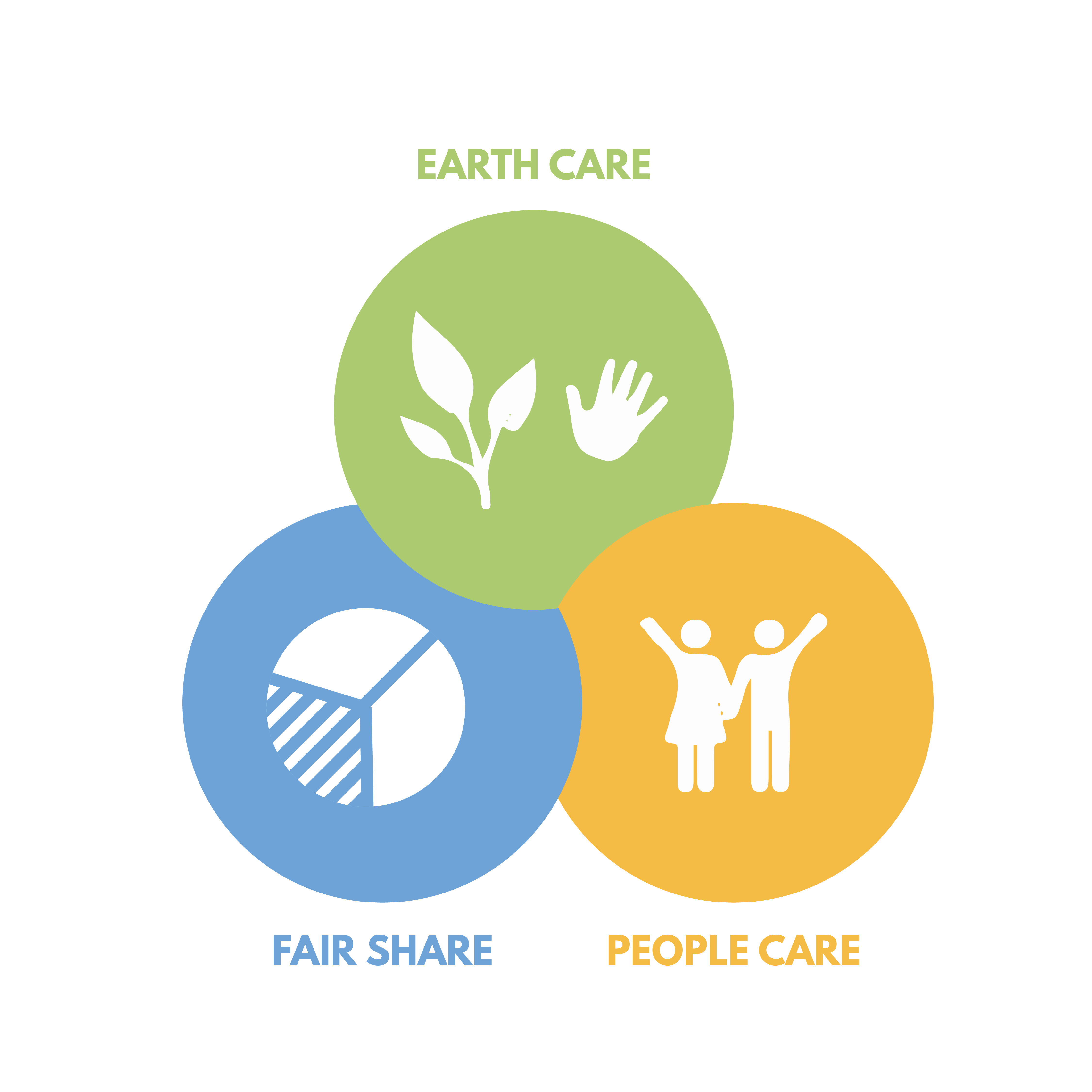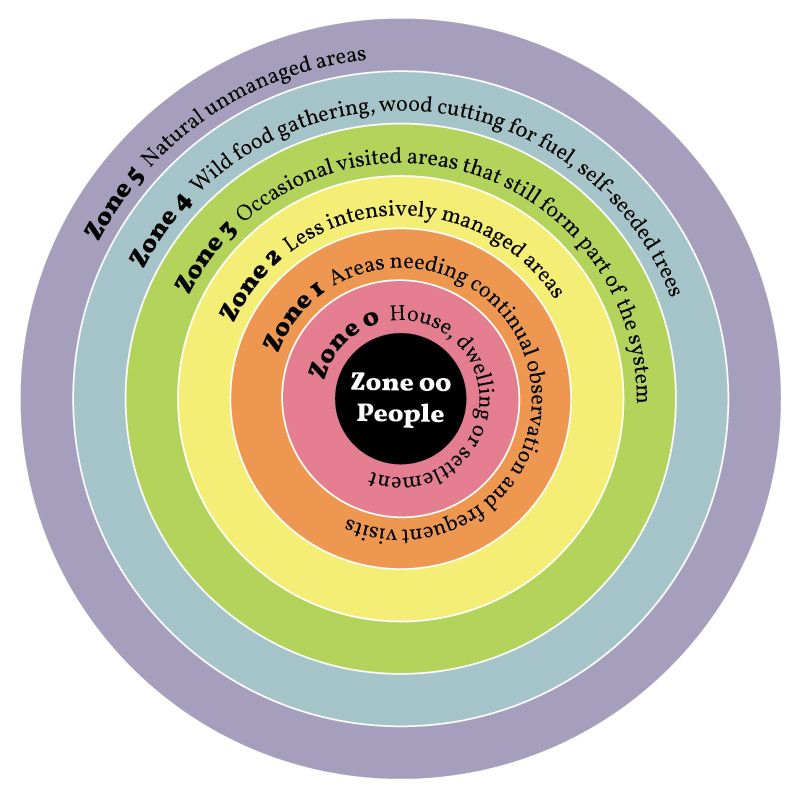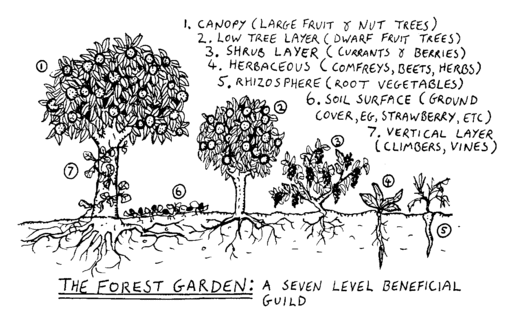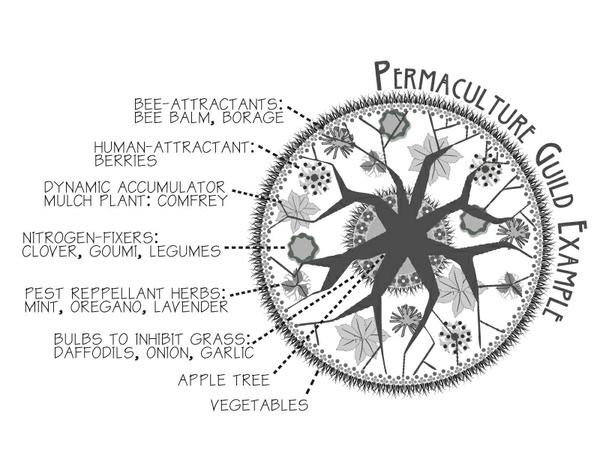Permaculture is the solution.
What is Permaculture?
Permaculture is a set of design principles centered around whole systems thinking, simulating or directly utilizing the patterns and resilient features observed in natural ecosystems.
Typically we see these principals applied to regenerative agriculture, however they can be applied to business, community, basically any form of organization you can imagine. Including the GoodLifeGang.
The science of Permaculture is guided by 3 core tenets and several key design theories.

Permaculture's 3 core tenets are as follows:
Care for Earth:
We need the Earth to survive, so we must base all plans on taking care of it. This includes all non human life on Earth.
Care for People:
Promotes self-reliance and responsibility towards the greater community.
Fair Shares (Return of Surplus):
Take what you need, return the rest. This includes all forms of abundance, including wealth, knowledge, experiences and more in order to build better communities.
12 Design Principles of Nature
These 12 principals are the guiding rules for identifying, designing, and implementing work.
1: Observe & Interact
Join forces with nature, learn processes first handed by taking passive and active observation of patterns and shapes.
2: Catch & Store Energy
3: Obtain a Yield
4: Use & value renewable resources
Work with this in mind. Use, renew and recycle what you can in your workspace. Use green products and services.
5: Self-Govern & Accept Feedback
6: No-Waste Communications
7: Design From Patterns to Details
8: Integrate Over Segregate
9: Smaller & Slower Solutions
10: Cherish Diversity
Nature never relies on just one solution. Complexity and diversity are essential to flexibility.
11: Understand the Value of Edges
In nature, edges define the changes between processes or cycles. Nature draws lines from grassland to mountains. The same applies in design.
12: Follow Nature's Lead of Resilience
Nature is abstract, meditative, always in flux. Continuously re-balancing, restoring itself as new circumstances occur in the environment.
Zones, Guilds and Layers

Zones: An intelligent organization of design features based on frequency of use/need.
Layers: Production through stacking functions in three dimensions.


Guilds: A combination of parts that work better as a whole than as individuals.
The GLG Permaculture Bookshelf
You Can Farm: The Entrepreneur's Guide to Start & Succeed in a Farming Enterprise
Joel Salatin
Buy Now

